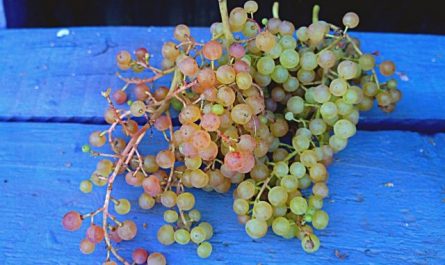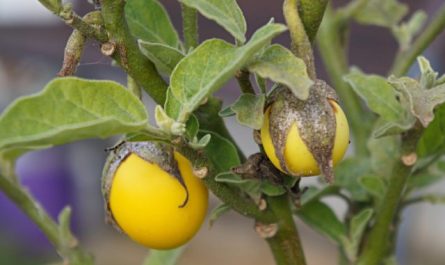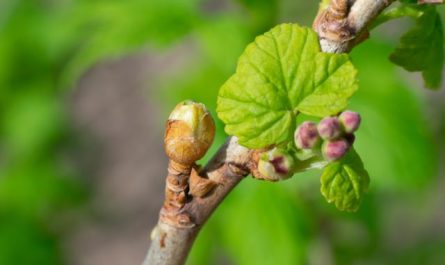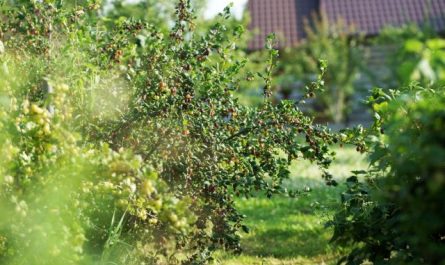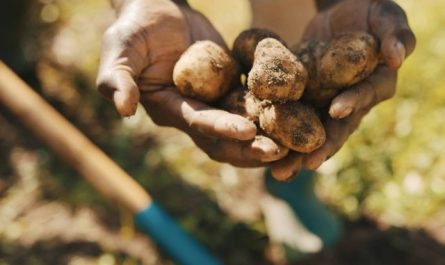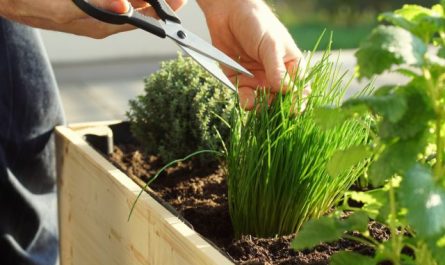One of the most valuable qualities of a successful gardener is the competent distribution of labor and time. There is always a lot of work on the land, and therefore, having performed certain operations in the fall, you can unload yourself a little in the spring. But what can make spring work easier? The answer is winter sowing!
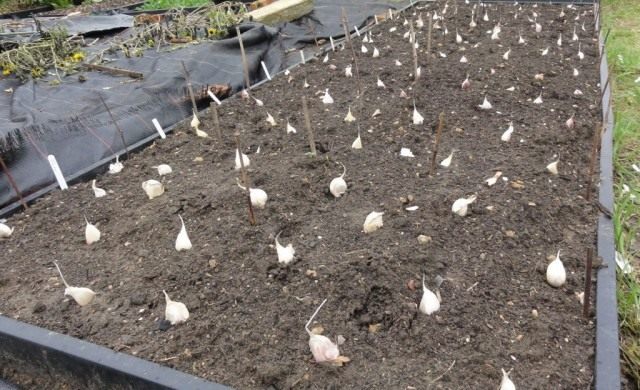
Contents:
What is winter sowing?
The definition of what winter sowing is is embedded in the very name of the agricultural technique – winter sowing. It is the sowing of seeds in beds at a stable air temperature of about 0 °C and a soil temperature of +2 … + 4 °C that is called winter sowing. In different climatic zones, this moment occurs at different times, if somewhere it is around the end of October, then in other places and in November.
What is the benefit of winter sowing?
The benefits of sowing vegetables in the winter are quite extensive and are worth not neglecting.
- Firstly, it is about getting a harvest. 2-3 weeks earlier, and with film covering even 4 weeks earlier, than with spring sowing.
- Secondly, getting more resistant to recurrent frosts, diseases and pests of seedlings.
- Thirdly, significant saving time during spring work.
- Finally, higher output from the same area, through the possibility of using repeated sowings.
What can be sown before winter?
The choice of crops sown in autumn is quite wide. These are: spinach, leaf lettuce, radish, parsley, dill, beet, carrot, salad mustard, chopped onion, leek, sorrel, cucumber grass, arugula, parsnip, coriander, rhubarb, color, red-headed и Chinese cabbage.
In addition, planting in the winter is beneficial. garlic и onion sets, and for those who are interested in growing medicinal herbs, sowing sage, chamomile и Valerian officinalis.
How to sow seeds in late autumn?
In order for winter sowing not to cause difficulties, it is necessary to prepare for it from the end of September – beginning of October. Preparation consists of digging, fertilizing and forming beds, choosing seeds, buying planting material.
Place For autumn sowing, it is necessary to choose a sunny, not windy, elevated site that does not suffer from stagnant spring moisture.
seed choose wisely: buy varieties that are resistant to low temperatures and flowering, require short daylight hours, and are distinguished by early ripening periods.
You can apply both organic and complex mineral fertilizers to winter crops, but it must be based on the crop being sown.
It is necessary to start sowing when the temperature stabilizes around zero on the thermometer., usually this is the period of the first morning frosts. However, you should not rush with sowing – if the soil freezes and then thaws, this can provoke the germination of seeds, and then their death.
If time is lost, you can sow the seeds even in light frosts, but sprinkle them not with soil from the garden bed, but with pre-prepared dry loose soil. It is usually made up of equal proportions of river sand, rotted compost and simple garden soil.
The seeding rate for winter sowing is increased by 25–50% compared to the usual recommendations.
The depth of seed placement depends on the type of soil: in light soil, seeding is done 0,5 cm deeper than usual.
And under no circumstances, winter crops are not watered! But they definitely mulch.
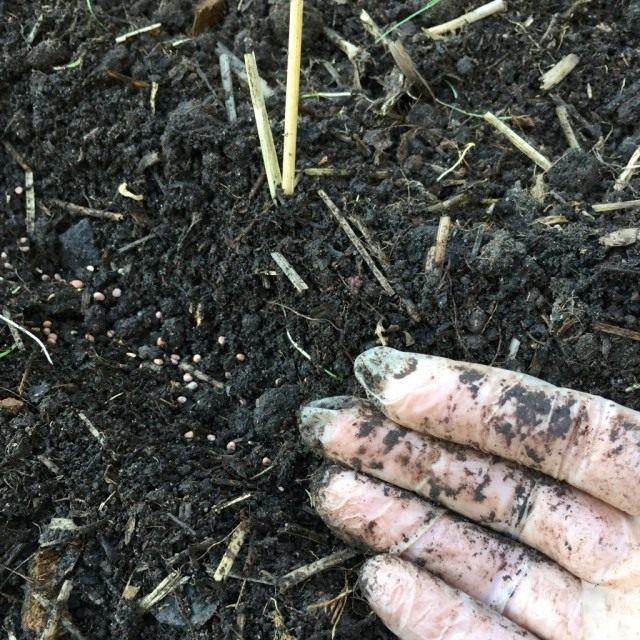
Crops for winter sowing
Planting winter garlic
Today, there are two ways to plant winter garlic. The difference lies in the depth of planting the cloves, and therefore in the timing of the work.
The traditional method involves deepening the planting material to a depth of 3 to 5 cm and is carried out 2 to 3 weeks before the onset of stable cold weather. For the middle zone, this is the end of September, for the south and west – the beginning of November.
second method – deep planting method. It is performed with the cloves deepened by 10-15 cm, which allows work to begin from mid-August until mid-October. However, it is more rational in cold climates, because it shows the best results there.
But choosing a planting method is not 100% success. It is necessary to properly prepare the beds for garlic. And here an important rule is inadmissibility of introducing manure under the crop, since it reacts to this fertilizer with lush foliage growth, the formation of loose heads and instability to diseases.
It is necessary to fertilize the soil in the garlic beds by adding ash, well-rotted garden compost (3-4 kg per sq. m), and mineral fertilizers, such as nitrophoska (20-30 g per sq. m). If the soil is acidic, lime is added under the predecessor; if the soil is clayey, sand is added under the digging. Dry and damp clay soils are not suitable for growing garlic.
It is better to select the largest and most healthy cloves of zoned varieties for planting. Before planting, the planting material should be treated with a 0,1% solution of manganese.
For successful cultivation of this crop it is important crop rotation compliance. You should not plant garlic after onions and potatoes, since they, like this crop, love potassium and are damaged by the same diseases, and after cucumbers, pumpkins, peppers, tomatoes, eggplants. If garlic is planted after garlic, then after collecting the previous crop, vetch must be sown in the beds, with subsequent incorporation of green mass into the soil.
A common pattern for planting garlic in a garden bed is 10×15 cm.
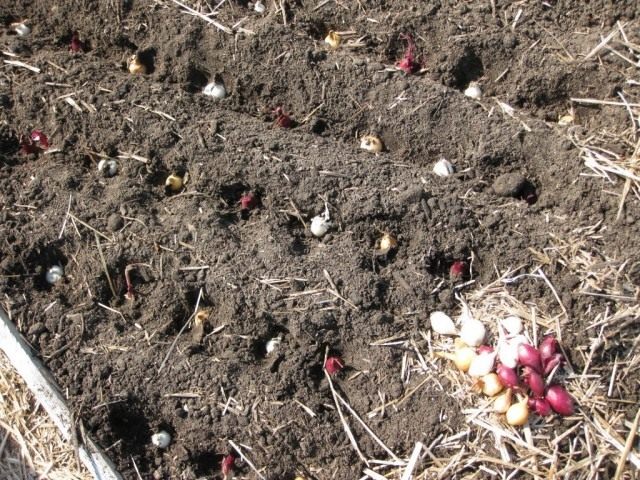
Podzimnaya landing onions
Good results are achieved by planting onion sets in the winter, especially in cold regions, where not only is the harvest earlier, but also the yield is higher. Bulbs planted in the fall are less affected by onion flies, downy mildew, and are easier to weed. And in order to preserve the planting material until spring, you need to try very hard, so purchased sets are immediately sorted and prepared for planting.
The planting dates for onion sets coincide with the winter planting of garlic, but if you need to choose which crop to devote time to first, then onions can wait a little. The choice of a site for planting onions is no different. However, the soil in the onion beds should settle well by the time work begins, and therefore it is prepared in advance 2-3 weeks. The recommendations for predecessors are also no different.
To ensure a successful onion harvest, it is better to choose special zoned winter varieties for autumn planting and be sure to select healthy planting material. In addition, if there is a choice, it is necessary to plant hot varieties – they overwinter well, do not bolt and by the time of harvesting have the same size as when planted in the spring.
When sorting the onion sets, 4 fractions are distinguished: with a diameter of 1 to 1,5 cm, from 1,5 to 3 cm, over 3 cm and up to 1 cm (wild oat). Each of them has its own characteristics and is therefore planted separately.
First faction (up to 1,5 cm in diameter) and wild oats — are the best choice for winter sowing, as they do not produce arrows, which means they give the gardener less trouble. They must be planted according to the 3×15 cm pattern and grown until the heads corresponding to the variety are formed.
The size of the onion sets ranges from 1,5 to 3 cm. often grown for early feathers. In this case, it is grown either densely or in nests – 3 bulbs per nest.
Bulbs over 3 cm in diameter, they are planted according to the pattern 8-10 x 15-20 cm.
Depth of planting of seed onions is determined based on the calculation of 3 bulb sizes plus approximately 1,5 cm, or the height of the bulb multiplied by 3, plus 2–3 cm of mulch.
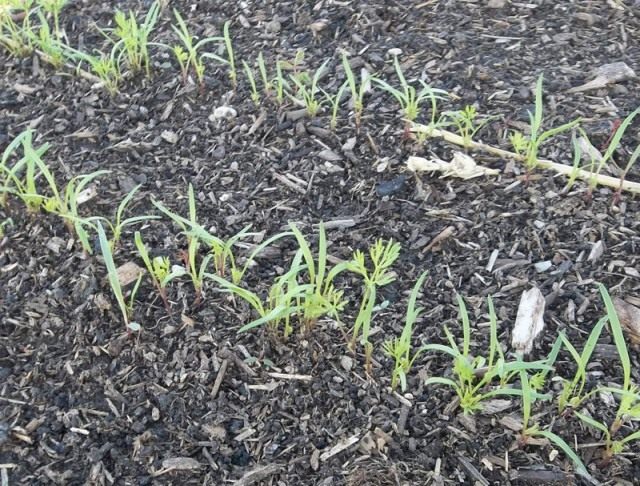
Sub-winter planting carrots
Tolerates winter crops and carrots well.
When preparing a bed for it, it is necessary to remember that this crop loves loose soil and does not tolerate undecomposed organic matter at all (a fertilized bed can be used for carrots only in the 2nd – 3rd year).
Therefore, the soil under it is dug up well, ash, mineral fertilizers (for example, superphosphate – 20-25 g per sq. m and potassium chloride – 10-15 g) or mature manure (3-5 kg per sq. m) are added and, if the soil is heavy, sand is added, if it is acidic – lime or dolomite flour. The soil is allowed to settle, and with the onset of stable low temperatures (+2 … +4 ° C) sowing begins.
Predecessors celery cannot be used for carrots, but cucumbers, potatoes, onions, and cabbage will do. To ensure a successful harvest, early-ripening and mid-season varieties are chosen for sowing, or varieties intended for winter sowing. It is even better if the seed material is granulated, and very importantly, dry!
When planting carrots in winter, the seeding rate is increased by approximately 20-25% (this is about 1 g per sq. m.), and a greater depth of holes is also provided – 4-5 cm and the distance between furrows is 20-25 cm.
If the seeds are planted after light frosts, the furrows are filled with pre-prepared dry soil substrate or simple, pre-sifted garden soil; after sowing, the bed is mulched.
When sowing carrots in the fall, it is important to remember that winter plantings of the crop have poor storage properties, so it is not worth occupying large areas with them.
Winter sowing of beets
Beetroot is recommended for autumn planting due to its fairly long growing season, reaching up to 130 days for some varieties. It is sown when stable cold weather with temperatures of -2… -4 °C sets in outside, which in some climate zones is already observed at the end of October – beginning of November. The main rule here is the need to guess the sowing time so that the seeds do not sprout, but only swell, otherwise they will die.
For winter sowing, select special varieties that are resistant to cold, or early ripening varieties that are resistant to bolting. Sow dry seeds to a depth of about 3-5 cm, at a distance of 5-10 cm from each other, with row spacing of 30-40 cm.
Before sowing, the beds are fertilized with organic matter (5 kg per sq. m) and phosphorus-potassium fertilizers (15 g per sq. m); if the soil is acidic, dolomite flour is added (5 l per sq. m).
It is also necessary to observe crop rotation for beets. They cannot be planted after carrots or cabbage, but are recommended after tomatoes, onions, cucumbers, potatoes, and peppers.
In order to get a harvest from beds sown in the winter a week earlier, beets can be covered with film and removed when the first sprouts appear.
It is not worth planting a lot of beets in the fall, as they do not have high storage properties.
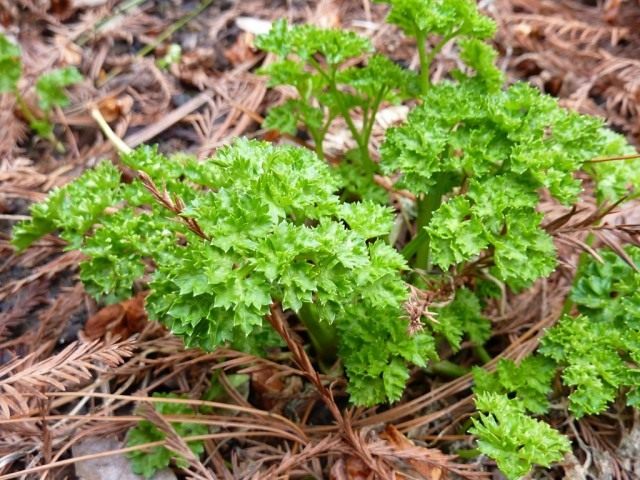
Winter sowing of parsley, dill and other greens
When sowing parsley and dill in the fall, you must adhere to the same rules as when sowing other crops in the winter: dig up and fertilize the beds in advance, sow after the onset of frost, slightly increase the depth and sowing rate, and mulch the area with dry substrate after finishing the work.
Sowing parsley, form row spacings of 20–25 cm, while the depth of planting its seeds can vary from 1 to 1 cm. Dill In autumn, they are planted to a depth of 2,5 cm, leaving a distance of 20 cm between rows. The predecessors of umbelliferous plants cannot be plants of their own family – cilantro, carrots, caraway, fennel, but can be cucumbers, cabbage, potatoes, squash.
In addition to parsley and dill, you can sow celery, spinach, rhubarb, borage, parsnip, and salad mustard before winter. Like all other winter crops, they will sprout much earlier than spring plantings and will delight you, reminding you that everything was done correctly.




